Ruminants are recognized for possessing forestomachs, a notable distinction from other mammals. The physiological processes governing the function of bovine forestomachs are explained in the following entry.
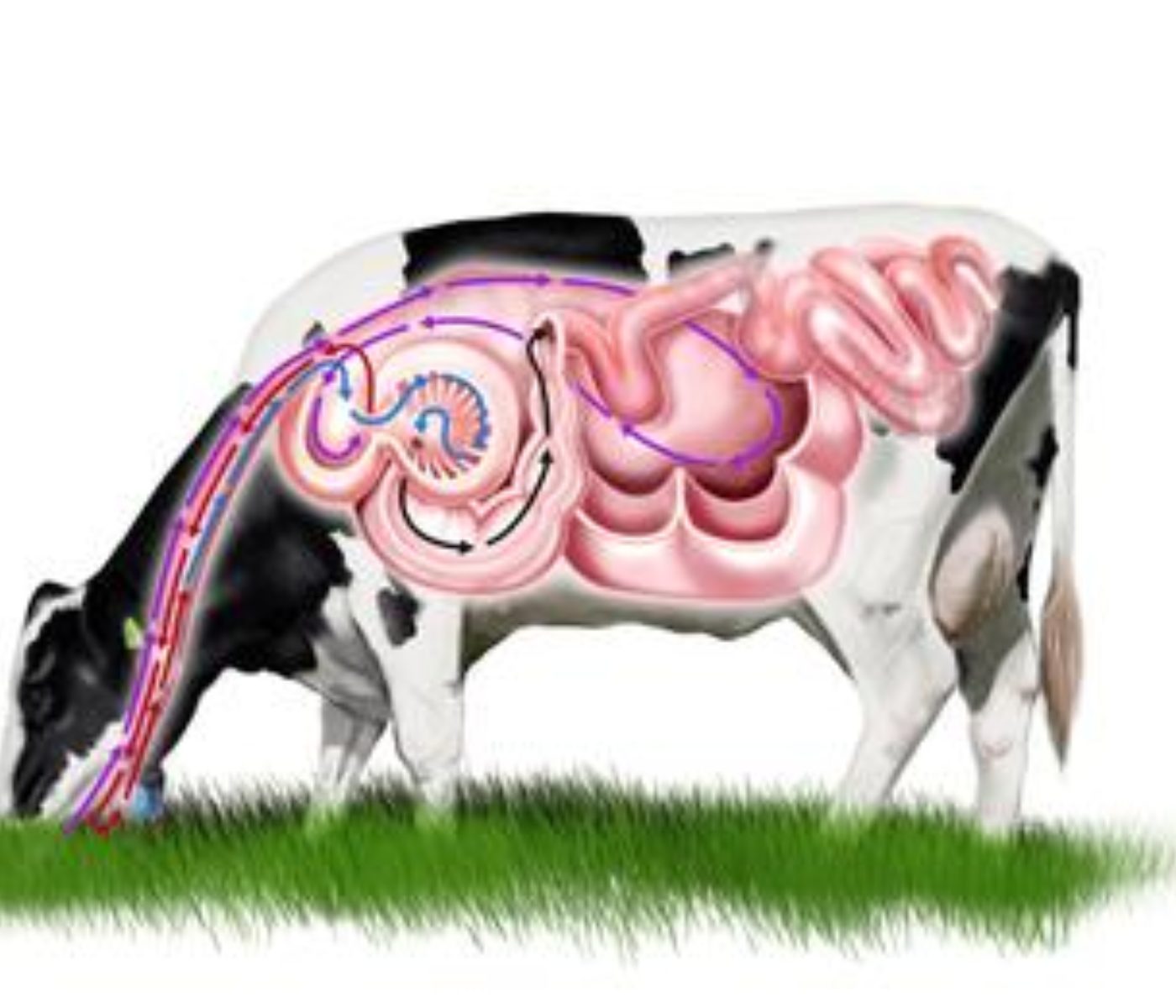 29 Aug 2023
29 Aug 2023
Ruminants are recognized for possessing forestomachs, a notable distinction from other mammals. The physiological processes governing the function of bovine forestomachs are explained in the following entry.
Enrique Rimbaud, a specialist in animal health, states that among ruminants, the abomasum serves as their fourth stomach, functioning as the true stomach. Preceding the abomasum, however, are the rumen, reticulum, and omasum, which hold greater significance in their digestive process.
Familiar to us all is the way a cow eats – it encircles a blade of grass with its tongue, allowing it to traverse the esophagus. Rimbaud characterizes this action as a journey across the dorsal region of the rumen, transmitting a signal to the brain that triggers instructions for the rumen’s movement.
Upon the commencement of rumen activity, the ingested grass or forage remains situated within the center of a particular stratum. Simultaneously, at the lower portion of these strata, there is material or feed that has already been digested, with gas located at the strata’s initial segment.
Rimbaud affirms that as the rumen initiates motion, it experiences an initial contraction designed for belching. This contraction progresses from the rear to the front, facilitating the movement of gas towards the mouth, resulting in its expulsion as a burp.
 Subsequently, it engages in a contraction spanning from the upper to the lower regions, effectively mixing the ingested feed. Subsequently, a comprehensive unique foundational contraction triggers the full regurgitation of grass into the mouth, facilitating the animal’s engagement in rumination.
Subsequently, it engages in a contraction spanning from the upper to the lower regions, effectively mixing the ingested feed. Subsequently, a comprehensive unique foundational contraction triggers the full regurgitation of grass into the mouth, facilitating the animal’s engagement in rumination.
Rumination is the phase during which the animal commences chewing, breaking down the feed and incorporating saliva. This process facilitates the return of feed mixed with saliva to the rumen.
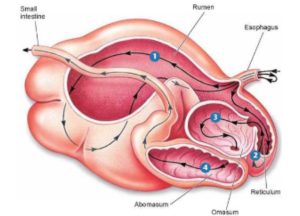
 According to Rimbaud, the significance of this feed material lies in the fact that “while saliva possesses a pH of 9, this process results in the rumen reaching a pH of 6.5, creating an environment suitable for the digestion of food by bacteria and protozoa.”
According to Rimbaud, the significance of this feed material lies in the fact that “while saliva possesses a pH of 9, this process results in the rumen reaching a pH of 6.5, creating an environment suitable for the digestion of food by bacteria and protozoa.”
 Furthermore, as the process unfolds, a fourth contraction originating from the rear and progressing to the front occurs. During this contraction, all the feed that has been digested moves to the reticulum, which subsequently contracts and conveys the feed to the omasum—an abdominal chamber positioned behind the rumen.
Furthermore, as the process unfolds, a fourth contraction originating from the rear and progressing to the front occurs. During this contraction, all the feed that has been digested moves to the reticulum, which subsequently contracts and conveys the feed to the omasum—an abdominal chamber positioned behind the rumen.
Rimbaud explains that “the omasum facilitates the removal of moisture from the feed, after which it proceeds to the fourth stomach, which is the true stomach. This holds significance in the context of cow feeding, as considerations regarding physiology are essential. For instance, if we provide concentrated feed along with chopped grass, this feed enters the rumen without triggering a signal to the brain that it has arrived. Instead, it moves directly downwards and subsequently passes through the reticulum, omasum, and abomasum.”
 Consequently, in this latter scenario, we attain valuable and superior-quality fecal matter. However, “the investments made in concentrated feed or chopped grass end up being lost,”Rimbaud concludes.
Consequently, in this latter scenario, we attain valuable and superior-quality fecal matter. However, “the investments made in concentrated feed or chopped grass end up being lost,”Rimbaud concludes.
Source: CONtextoganadero
You may also like to read: “Controlling Residual Feed Consumption: Maintaining a balance (Part I).”
Subscribe now to the technical magazine of animal nutrition
AUTHORS
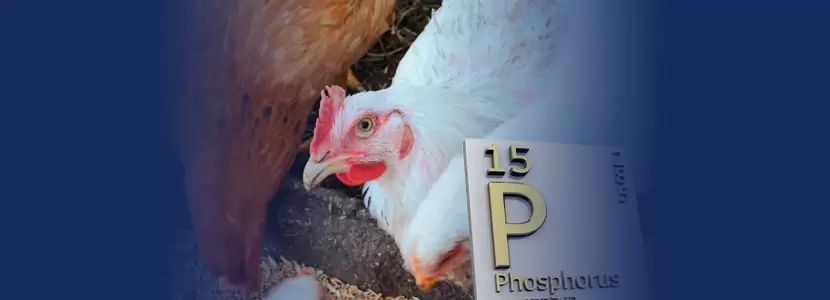
Evaluation of Different Levels of Digestible Phosphorus in Layer Hens
Miguel Alberto Pérez Espinoza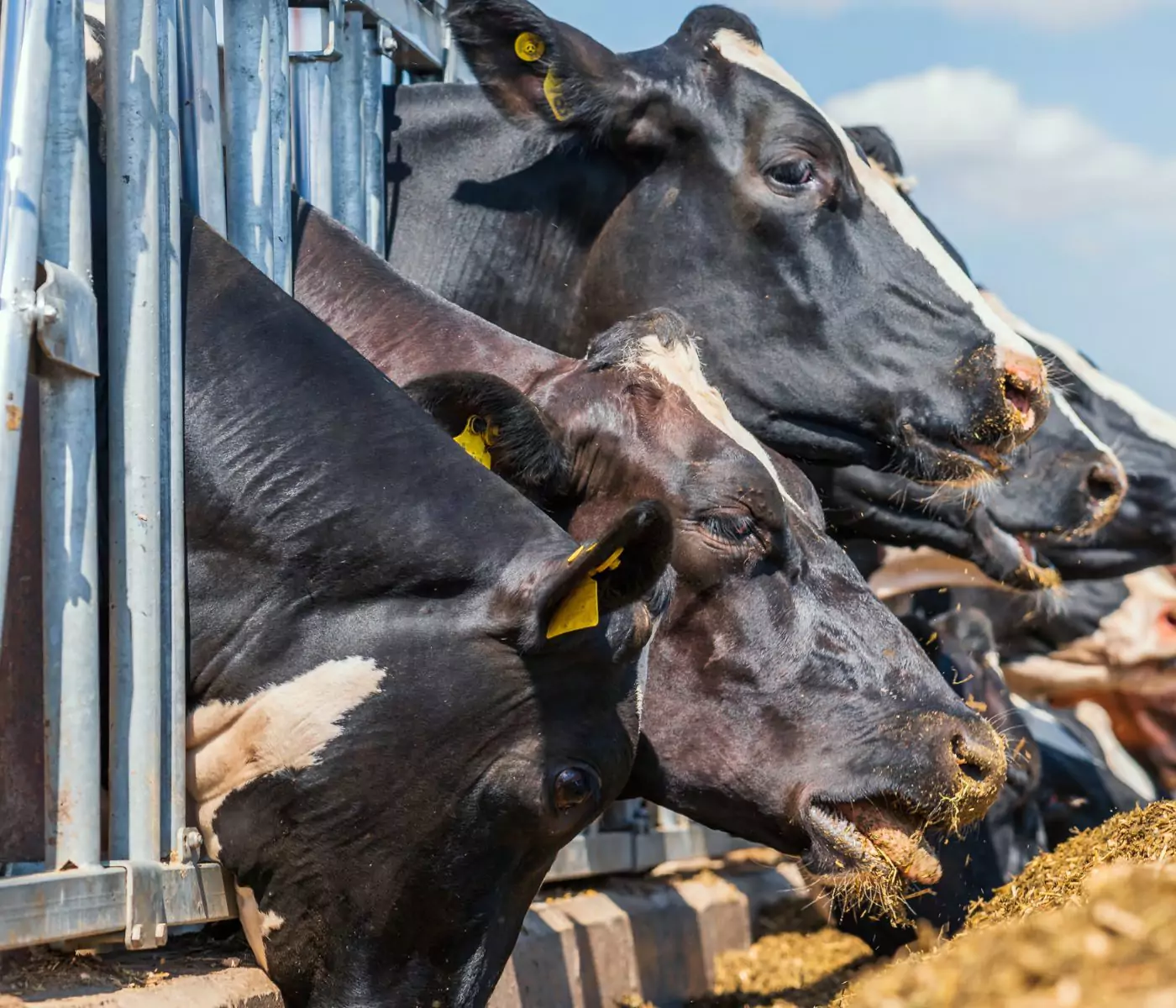
AMINO ACIDS IN THE FEEDING OF CATTLE (PART 1)
Breno Luis Nery Garcia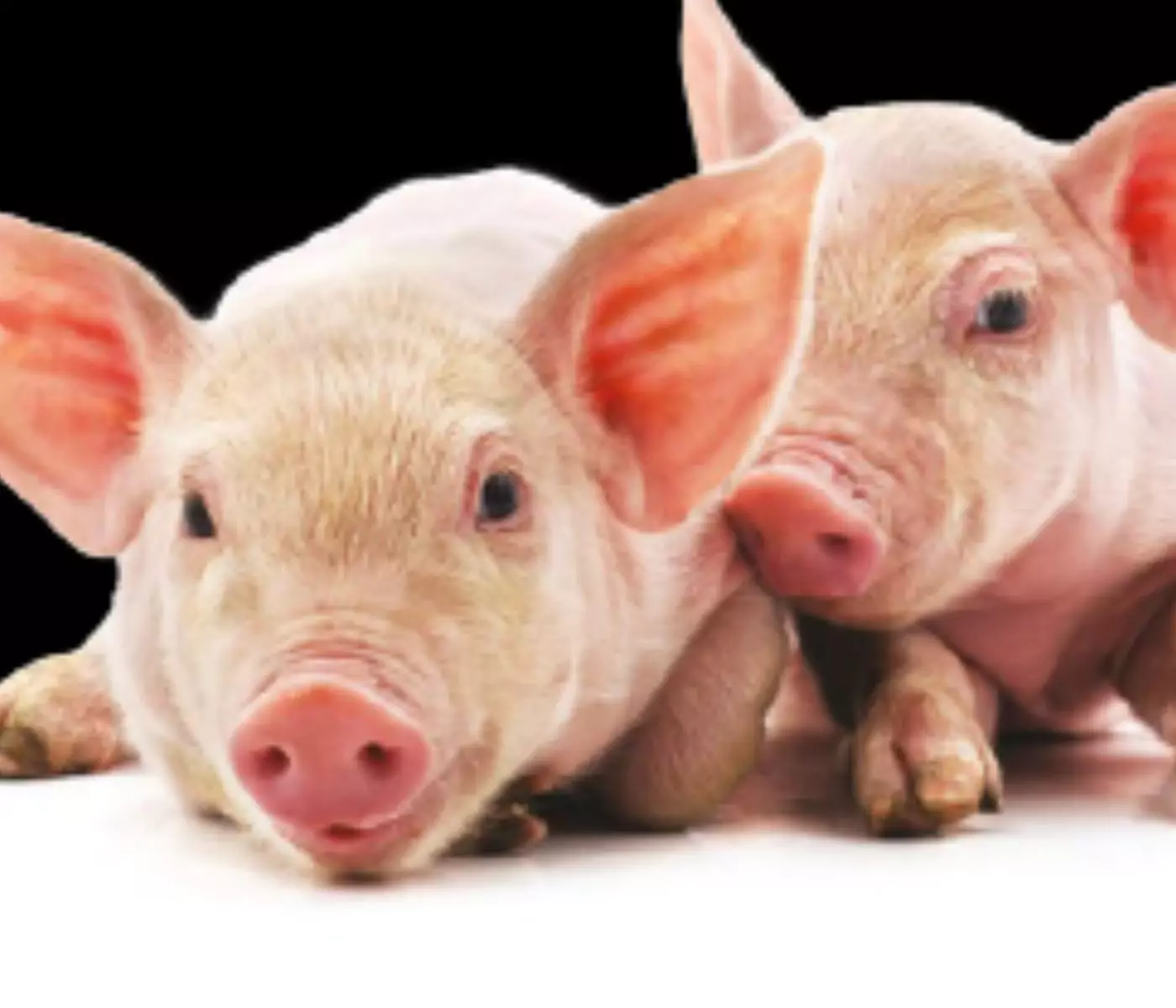
Vitamins for Swine Health, Welfare, and Productivity
Edgar Oviedo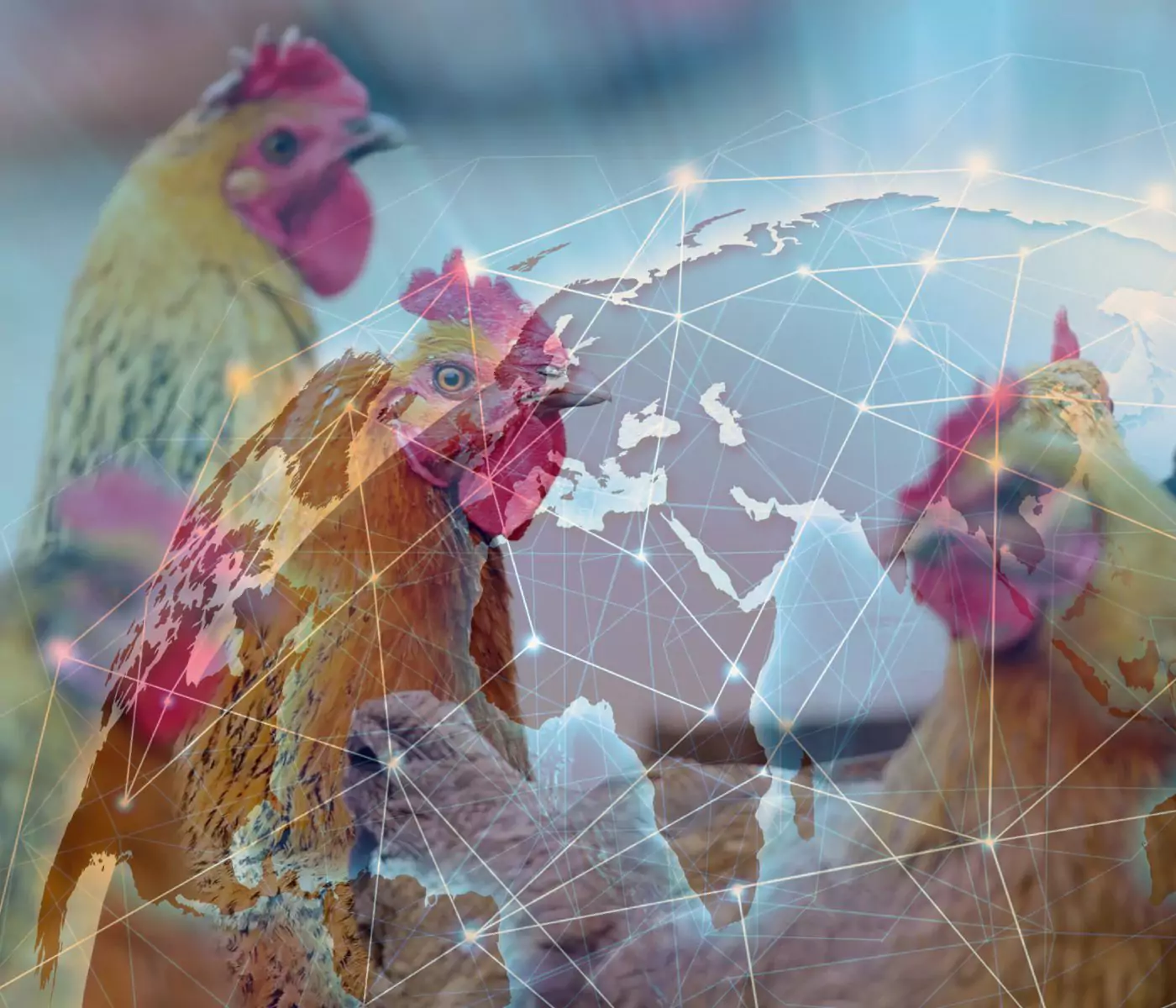
Advances in Poultry Nutrition: International Poultry Scientific Forum 2024
Edgar Oviedo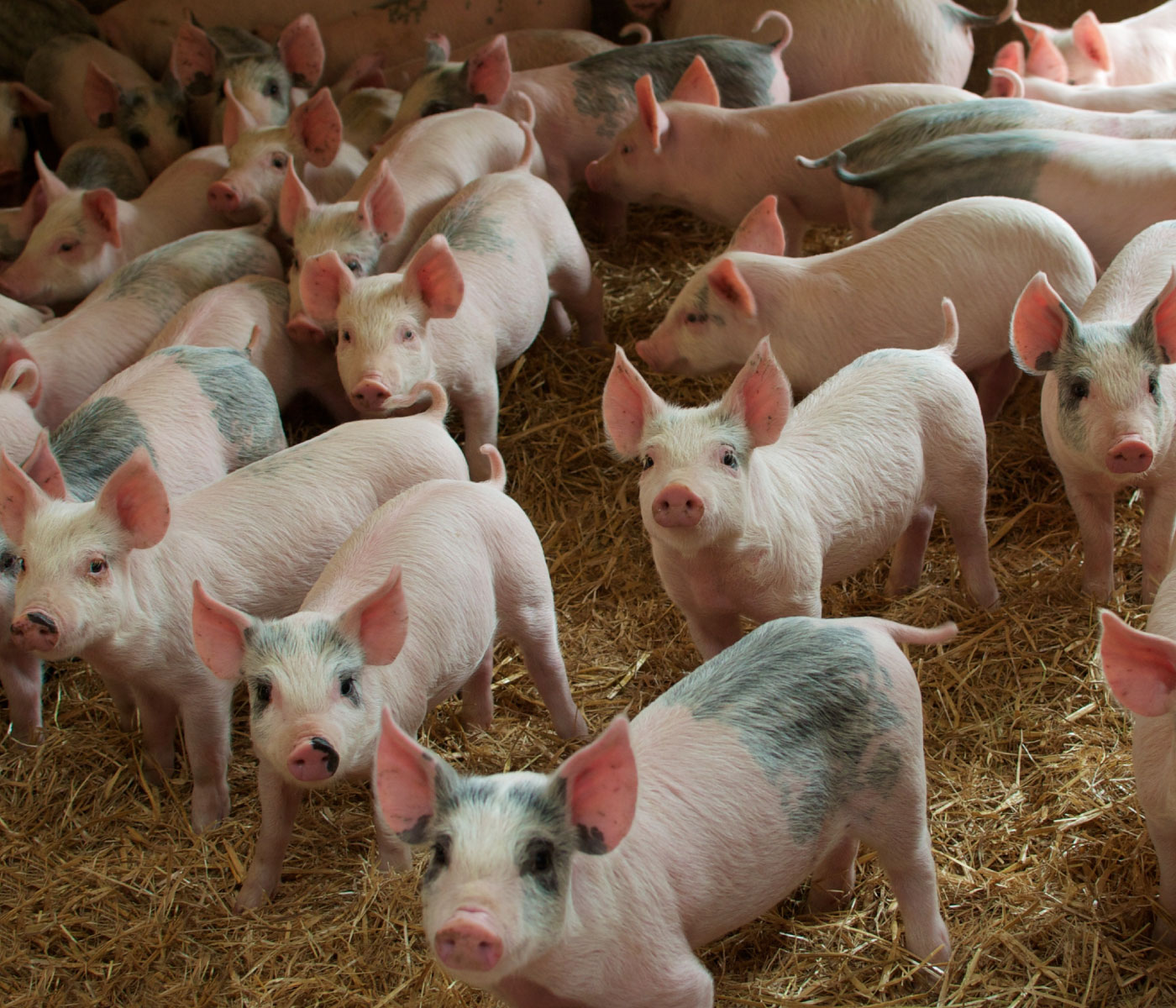
Optimizing pig nutrition for enhanced resilience
Gwendolyn Jones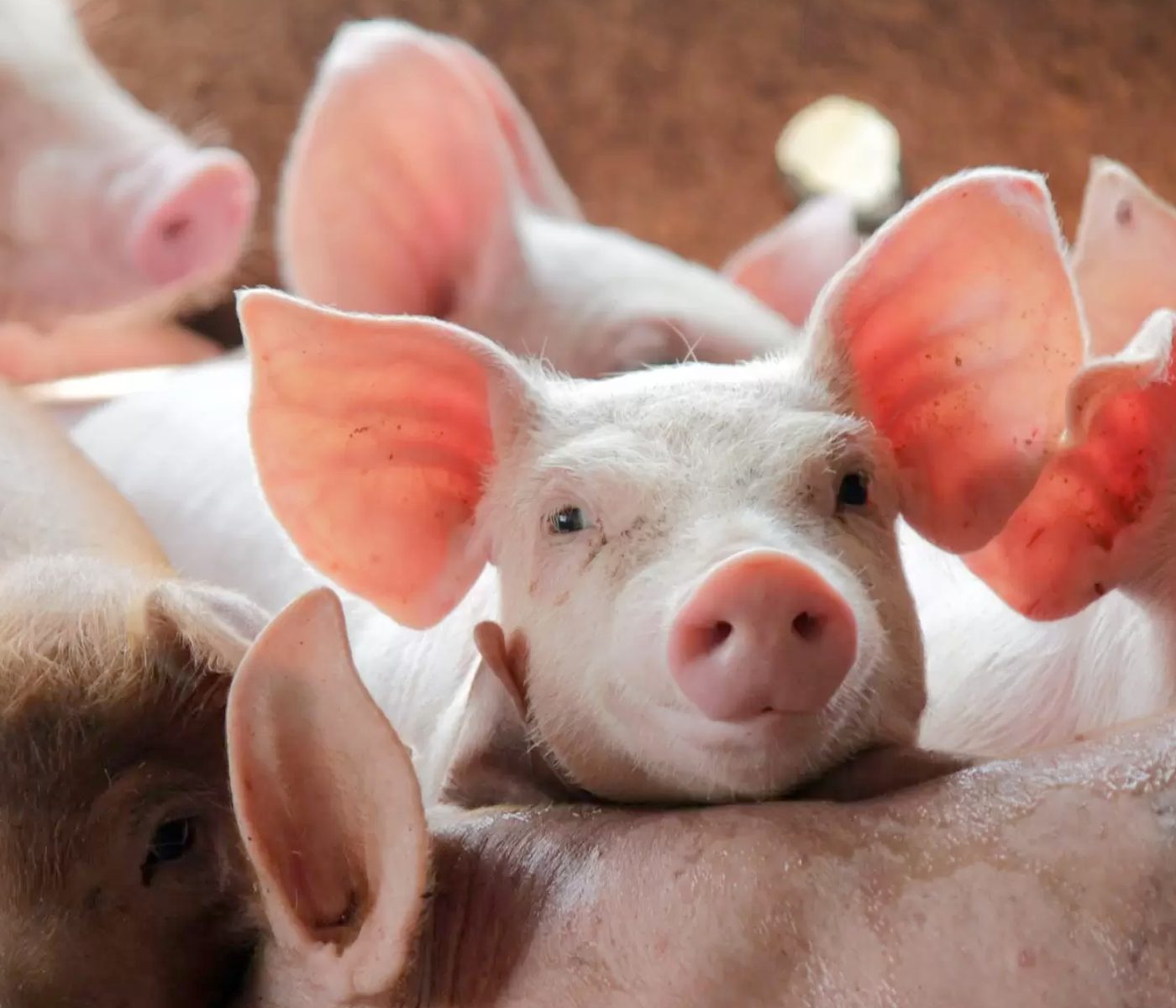
Optimizing Nutritional Formulas: A Vital Practice for Success
Gabriela Martínez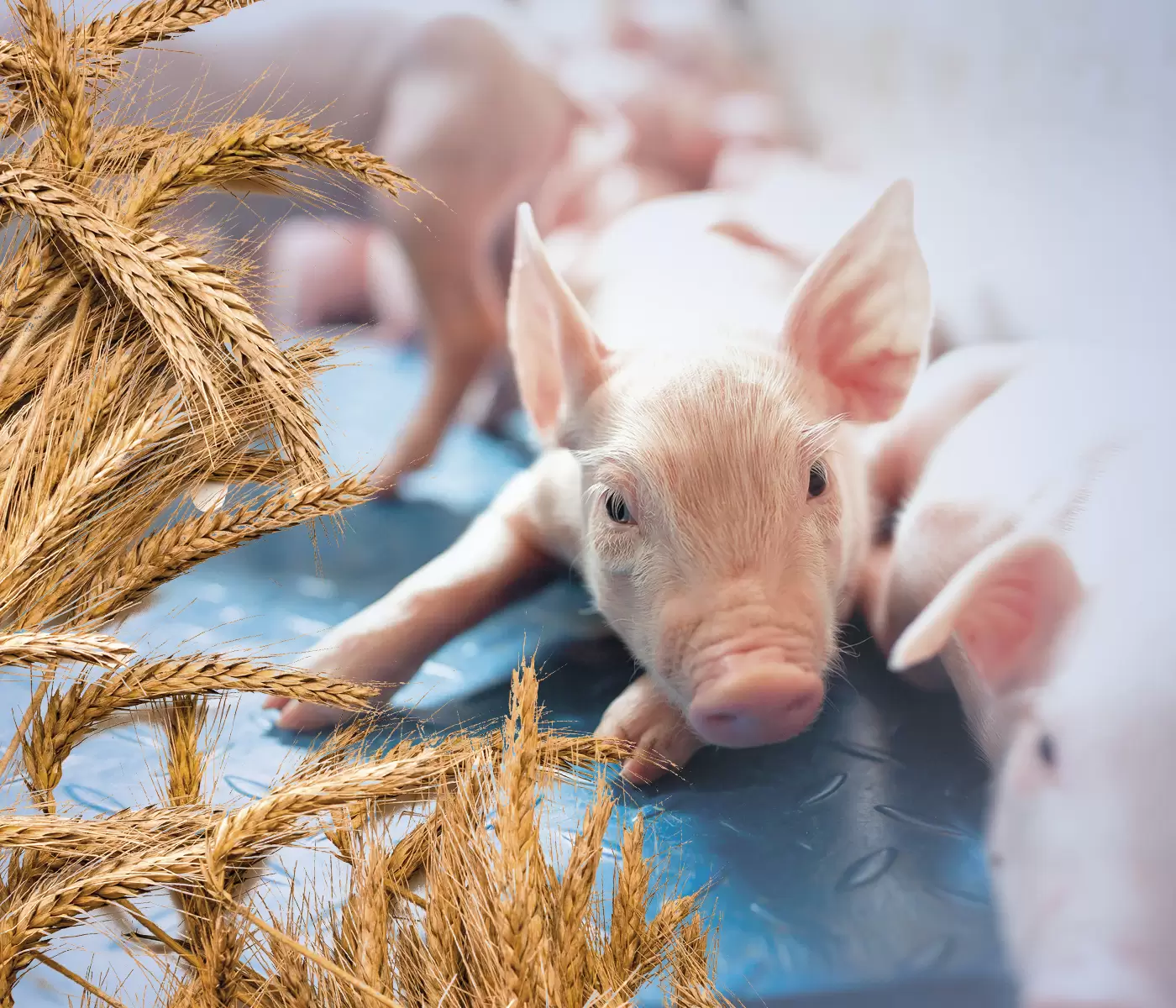
Sustainable performance with hybrid rye?
Dr. Volker Wilke
Novel Approaches for Evaluating the Efficacy of Mycotoxin Adsorbents
Abdelhacib Kihal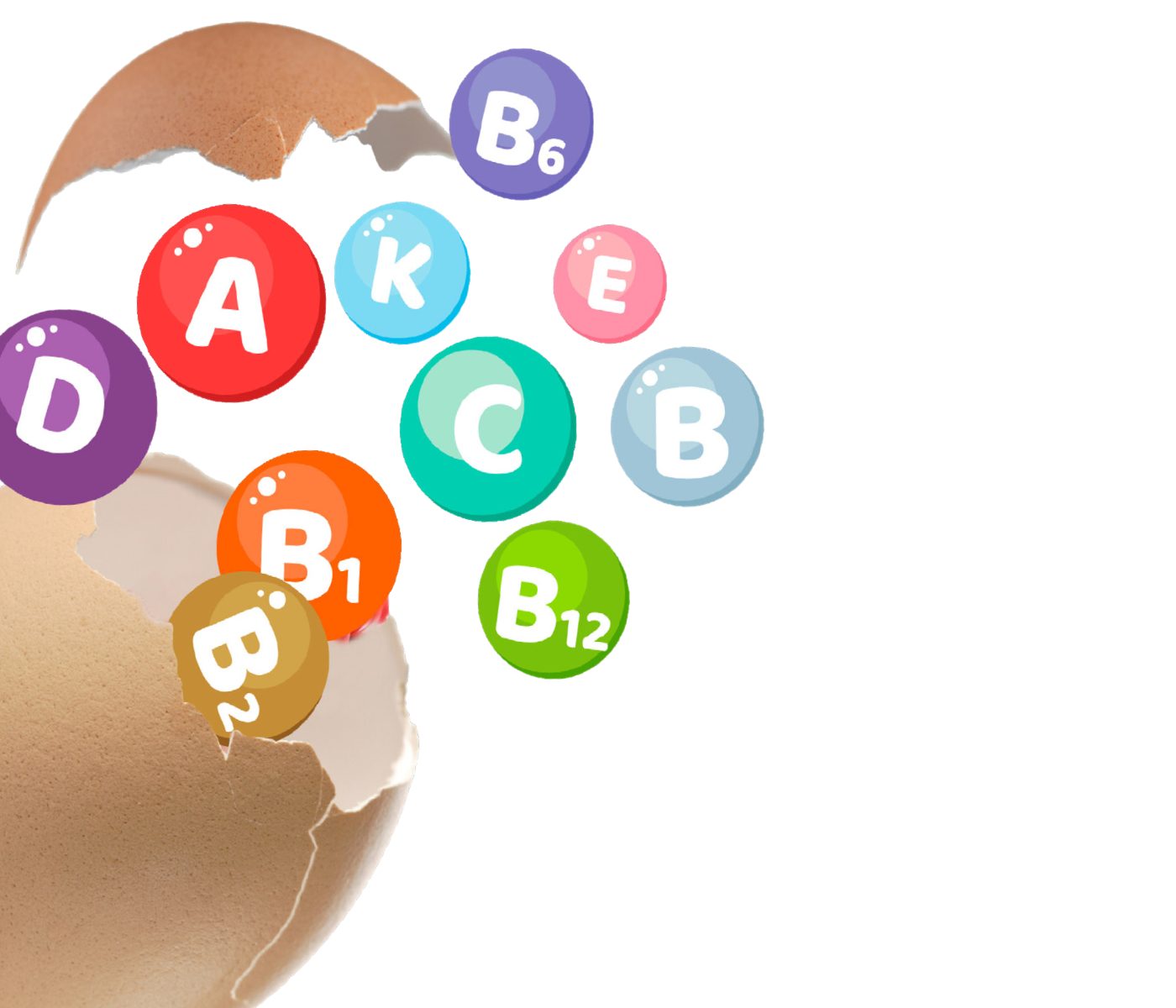
The Importance of Vitamins in Modern Poultry Farming
Sérgio Gonçalves Mota